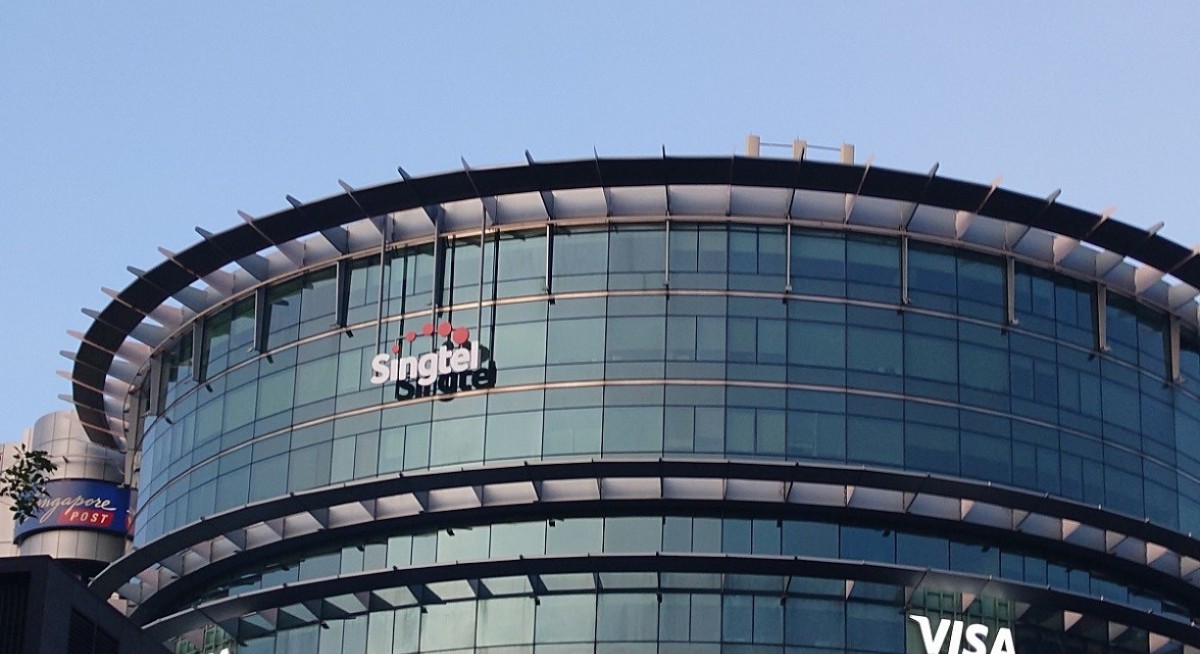Singtel’s ROIC has improved from 7.3% in FY2022 to 9.6% in FY2025. The analysts express confidence that “the group can achieve low double-digit ROIC in the medium term.” This will be driven by improved core profitability, a $600 million cost-out programme through FY2026, better contributions from regional associates led by Bharti Airtel, and robust revenue growth from NCS and Nxera.
Singtel has identified NCS and Nxera (the regional data centre arm of Singtel's Digital InfraCo unit) as key growth engines.
Nxera is expanding aggressively across Southeast Asia. Last month, Nxera opened a 25MW data centre in Thailand through a partnership with AIS and Gulf Energy. “We understand almost 90% of its capacity has been filled up. Demand was good and met internal targets in terms of take-up,” note the analysts. Additional facilities — including a 58MW data centre in Tuas and a 64MW data centre in Johor Bahru with Telekom Malaysia—are expected to be operational by 2026.
“Nxera is expected to double its capacity, landing at 400MW of data centre capacity in the mid-term. This will help to double Nxera’s ebitda by the end of 2028,” say the analysts.
See also: Analysts more confident on DFI’s Retail prospects following recent inaugural investor day
Additionally, Nxera will likely raise capital through strategic partnerships to expand its regional data centres. This mirrors a deal last year in which Kohlberg Kravis Roberts & Co. (KKR) agreed to invest up to $1.1 billion for a 20% stake in Nxera, with the option to increase it to 25% by 2027.
Singtel’s value-unlocking initiatives also remain on track. Management recently raised its monetisation target from $6 billion to $9 billion. However, the UOB Kay Hian analysts believe the pipeline could exceed $15 billion.
“The additional $6 billion, we believe, will likely come from paring down its 28% effective stake in Bharti Airtel,” the analysts wrote. They project Singtel will match the founding Mittal family’s 22% stake over the next two to three years. With Bharti shares at record highs, the sale of a 3% stake could generate as much as $4 billion in cash for Singtel.
Non-core fixed assets, such as landbank, may also be monetised over the next three to five years, further boosting liquidity, according to the analysts.
Singtel is expected to return some of this capital to shareholders. Under its ST28 strategy, the company has guided for value-realisation dividends (VRD) of 3 cents to 6 cents per share between FY2026 and FY2028.
“Based on our estimates, every $1 billion in cash would lead to a 5 cents to 6 cents per share of VRD, around an additional 1.5% dividend yield. This is supported by improving business fundamentals and an asset recycling target of $9 billion in the near term,” note the analysts.
Singtel has also announced a separate three-year $2 billion share buyback programme. Shares repurchased will eventually be cancelled, enhancing earnings per share for remaining shareholders.
As at 4.05 pm, shares in Singtel are trading 6 cents higher or 1.5% up at $4.07.




